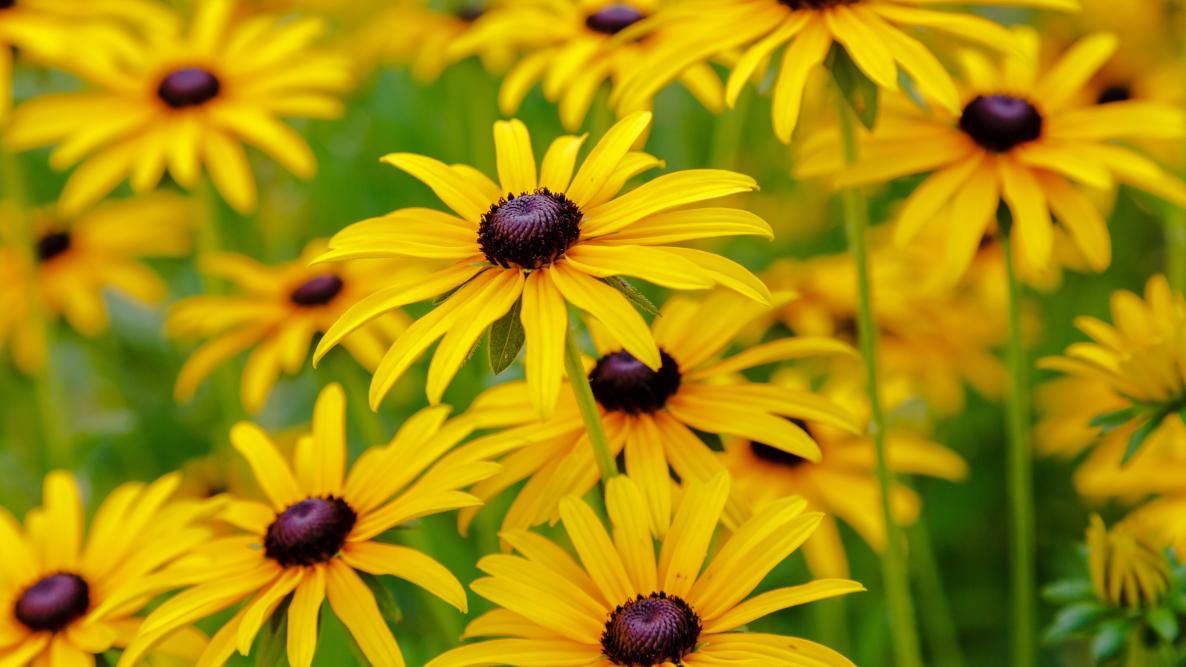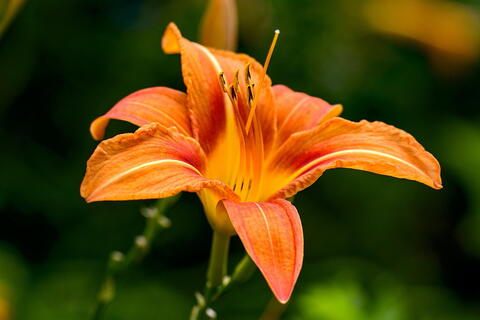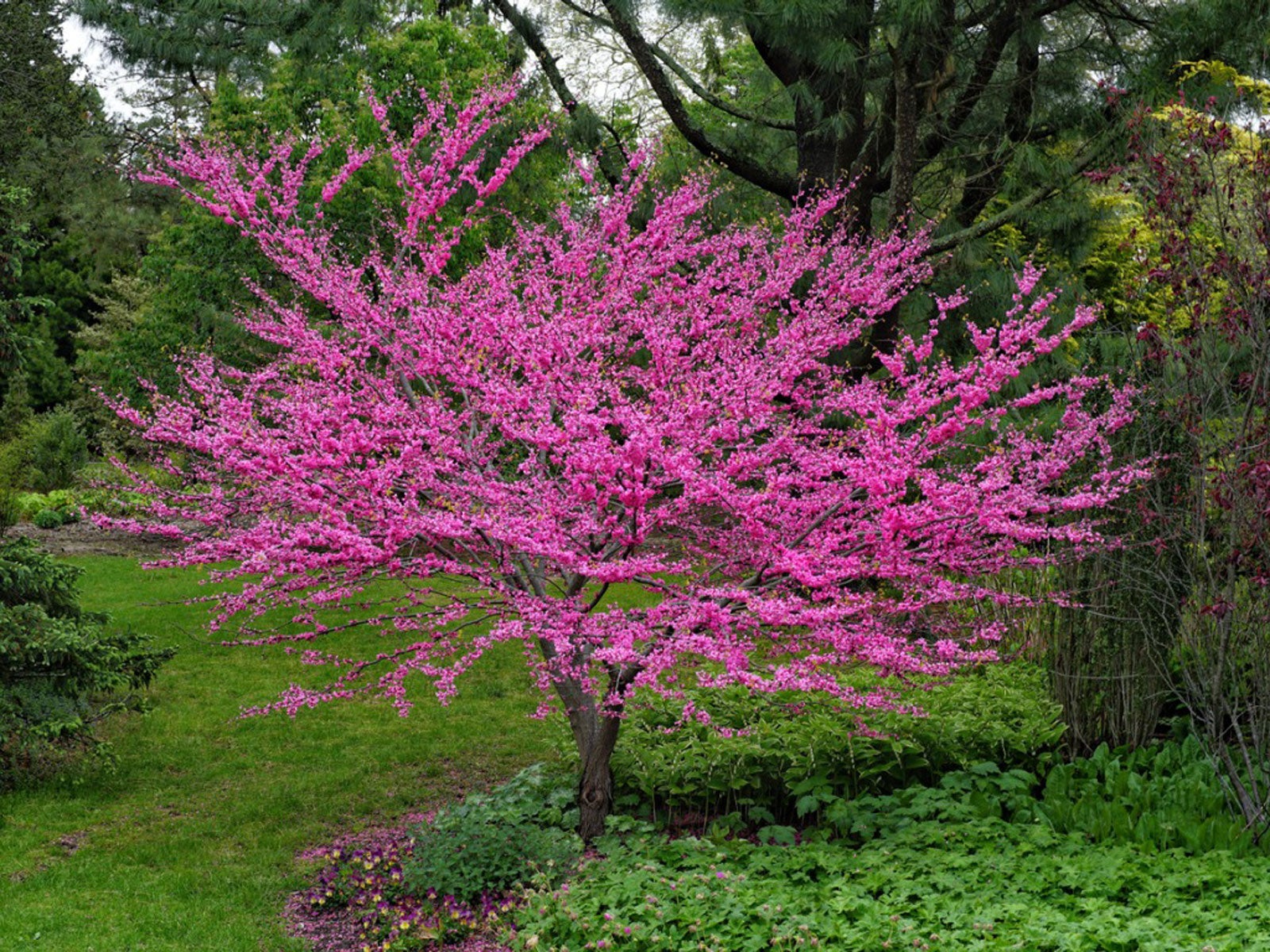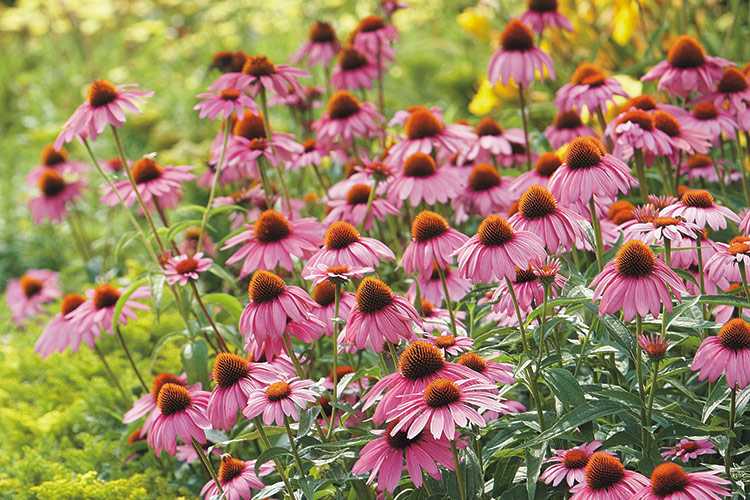Spicebush Companion Plants That Will Make Your Garden Sing
Spicebush Companion Plants That Will Make Your Garden Sing
Spicebush (Lindera benzoin) is a native North American shrub that is known for its fragrant flowers and leaves. It is a versatile plant that can be used in a variety of ways, including as a hedge, border plant, or specimen shrub.
One of the best things about spicebush is that it is easy to care for. It is drought-tolerant and can tolerate a wide range of soil conditions. However, it does best in moist, well-drained soil.
If you are looking to add spicebush to your garden, you will need to choose the right companion plants. Some good companion plants for spicebush include:
- Black-eyed Susans: These cheerful flowers will add a splash of color to your garden. They also attract butterflies and other pollinators.

- Coneflowers: These long-blooming flowers come in a variety of colors, including purple, pink, and white. They are also deer-resistant, so you don't have to worry about them being eaten.
- Daylilies: These hardy flowers come in a wide variety of colors and sizes. They are easy to care for and will bloom for many weeks.

- Goldenrod: This native wildflower is a great choice for attracting pollinators. It also comes in a variety of colors, so you can find one that will fit your garden's color scheme.
- Joe Pye Weed: This tall, showy wildflower is a great choice for the back of your border. It attracts butterflies and other pollinators, and it will bloom for many weeks.

- New England Asters: These late-summer bloomers are a great way to add color to your garden in the fall. They are also deer-resistant, so you don't have to worry about them being eaten.
- Turtlehead: This native wildflower is a great choice for attracting hummingbirds. It has long, tubular flowers that are perfect for these tiny birds.
These are just a few of the many companion plants that you can grow with spicebush. By choosing the right companion plants, you can create a beautiful and vibrant garden that will attract all sorts of wildlife.
Spicebush is a beautiful and versatile native shrub that can be found in a variety of habitats. It is a great addition to any garden, but it can be even more beneficial when planted with companion plants.
There are many different plants that can be paired with spicebush, but some of the best include:
- Milkweed: Milkweed is a favorite food of the spicebush swallowtail butterfly, so planting it near your spicebush will help attract these beautiful creatures to your garden.
- Butterfly weed: Butterfly weed is another great nectar source for butterflies, and it also blooms at the same time as spicebush, so you'll get a double dose of color in your garden.
- Joe-pye weed: Joe-pye weed is a tall, showy native wildflower that blooms in late summer. It's a great way to add height and interest to your garden, and it will also attract butterflies and other pollinators.
- Goldenrod: Goldenrod is a familiar sight in many gardens, and it's a great choice for companion planting with spicebush. It blooms in late summer and fall, and it's a valuable source of nectar for butterflies and other pollinators.
If you're looking for more information about spicebush companion plants, I recommend visiting Gardenia Inspiration. This website has a wealth of information about different types of companion plants, as well as tips on how to choose the right plants for your garden.
FAQ of spicebush companion plants
Q: What are some good companion plants for spicebush?
A: Spicebush is a versatile plant that can be paired with a variety of other plants. Some good companion plants include:
- Elderberry: Elderberry is a nitrogen-fixing plant, which means it helps to improve the soil quality for other plants. It also attracts pollinators, which can help to pollinate the spicebush.
- Blueberry: Blueberry and spicebush have similar growing requirements, so they can be planted together. Blueberry also attracts pollinators, which can help to pollinate the spicebush.

- Viburnum: Viburnum is a flowering shrub that can provide colorful blooms in the spring and fall. It also attracts pollinators, which can help to pollinate the spicebush.
- Redbud: Redbud is a small tree that blooms in the spring with beautiful pink or purple flowers. It also attracts pollinators, which can help to pollinate the spicebush.

- Coneflower: Coneflower is a daisy-like flower that blooms in the summer. It attracts pollinators, which can help to pollinate the spicebush.

Q: What are the benefits of companion planting with spicebush?
A: There are several benefits to companion planting with spicebush, including:
- Improved soil quality: Spicebush is a nitrogen-fixing plant, which means it helps to improve the soil quality for other plants. This can lead to healthier plants and increased yields.
- Attraction of pollinators: Spicebush attracts pollinators, such as bees and butterflies. These pollinators help to pollinate other plants in the garden, which can lead to increased fruit and vegetable production.
- Disease and pest control: Some companion plants can help to repel pests and diseases. For example, planting marigolds near spicebush can help to repel mosquitoes.
- Visual appeal: Companion planting can also be used to create a more visually appealing garden. For example, planting spicebush with other flowering shrubs can create a colorful display.
Q: What are the best locations for spicebush companion plants?
A: Spicebush can be planted in a variety of locations, but it does best in full sun to partial shade. It also prefers moist-to-wet soil that is well-draining.
Q: How far apart should spicebush companion plants be planted?
A: The spacing requirements for spicebush companion plants will vary depending on the specific plants. However, in general, it is a good idea to plant them about 3-4 feet apart.
Q: How do I care for spicebush companion plants?
A: Spicebush companion plants are relatively easy to care for. They need regular watering, especially during the first year after planting. They also need to be fertilized every few months with a balanced fertilizer.
Image of spicebush companion plants
5 different images of "spicebush companion plants" from Pinterest:
- Trillium: This shade-loving wildflower blooms in springtime with white, pink, or purple flowers. It is a good companion plant for spicebush because it attracts pollinators and helps to suppress weeds.

- Virginia bluebells: These delicate blue flowers bloom in springtime and attract butterflies and hummingbirds. They are a good companion plant for spicebush because they share similar soil and moisture requirements.

- Solomon's seal: This woodland perennial blooms in springtime with white or pink flowers. It is a good companion plant for spicebush because it helps to suppress weeds and provides food and shelter for wildlife.
- Coral bells: These colorful perennials bloom in summer and fall. They are a good companion plant for spicebush because they attract pollinators and provide interest in the garden throughout the year.
- Maidenhair fern: This delicate fern prefers moist, shady conditions. It is a good companion plant for spicebush because it helps to keep the soil moist and provides a shady spot for other plants.



Post a Comment for " Spicebush Companion Plants That Will Make Your Garden Sing"